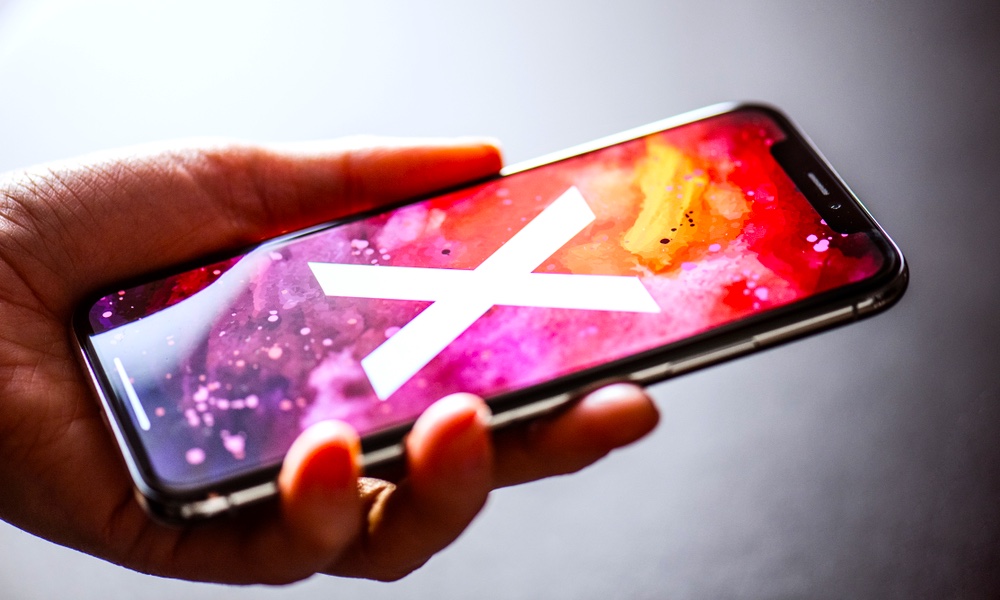Unfortunately, Older iPhones Will Miss Out on All of These iOS 15 Features
 Credit: Halfpoint / Shutterstock
Credit: Halfpoint / Shutterstock
Toggle Dark Mode
You can install this year’s iOS 15 release on many more iPhone models than ever before, but it’s important to know that you’re not going to get all of iOS 15’s goodness if you’re still toting an iPhone from before 2018.
To be clear, there’s still a lot of cool stuff in iOS 15 that everyone can enjoy, but Apple’s older A-series CPUs can’t handle some of the more high-tech features that Apple is bringing this year in iOS 15. That’s not planned obsolesce on Apple’s part — it’s simply the laws of physics and technology at work.
After all, Apple is under no obligation to support iPhones from six years ago — especially considering that Android users are lucky to get two years of updates. At the same time, however, it’s not reasonable to expect Apple to hold back features that take full advantage of its modern A-series “Bionic” chips just so that it can treat all of its older devices equally. An iPhone 13 Pro Max is in no way equal to an iPhone 6s.
So, it’s laudable that Apple is continuing to bring iOS 15 to older iPhone models, but some features simply need to be reserved for those with more recent devices, and even that bar is being set reasonably low. With the obvious exception of a couple of 5G-specific features, everything in iOS 15 is available on the 2018 iPhone XS/XR and later.
Which iOS 15 Features Are Older iPhones Incapable Of?
Unfortunately, for those still using an original iPhone X, or traditional iPhone 6s, 7, or 8, there are a few things that your devices simply aren’t capable of since they require an A12 Bionic or later. These include:
- Most of the new FaceTime features, including Portrait mode, Spatial Audio, Voice Isolation mode, and Wide Spectrum mode. Older devices can still organize Group FaceTime participants in Grid view and will be able to send FaceTime links to non-Apple users. They’re also supposed to support SharePlay, once it arrives later this fall.
- Graphically intensive Apple Maps features such as the interactive 3D globe, augmented reality walking directions, and detailed 3D maps. You’ll still get new driving features, improved search, and a much better public transit experience, however.
- Live Text in Photos is something that clearly requires the computational power of the more advanced Neural Engine introduced in Apple’s A12 Bionic chip. Older A9, A10, and A11-equipped devices simply can’t handle this, especially in real-time, although it looks like Apple hasn’t (yet) figured out a way to bring this to the iPhone and iPad “opportunistically” like it has with its Intel Macs.
- On-Device Speech Processing for Siri. Again, it’s easy to see how this requires a pretty beefy processor, although it’s fair to say you may not be missing much, as Siri will still work just as well as it did before — it will just have to keep sending your requests to Apple’s servers to be processed in the cloud. This means users with older devices won’t be able to make Siri requests while offline, but that’s limited to a relatively small number of tasks anyway, like launching apps and setting timers.
- On-Device Keyboard Dictation naturally falls into the same category as on-device Siri, in that older A-series chips aren’t fast enough to handle this either. This means you’ll also still be limited to 60 seconds of continuous dictation, just like in iOS 14, while users with 2018 or later iPhones get continuous dictation in iOS 15.
- Animated Backgrounds in Weather seems like a small thing, but Apple is doing more than just showing pretty pictures here — it’s using machine learning to try and “accurately represent the sun position, clouds, and precipitation,” and Apple says it needs an A12 Bionic or later to pull that off.
Digital Key Limitations
Lastly, there’s one other iOS 15 feature that’s limited to newer iPhones that appears to have nothing to do with the A12 Bionic chip. The new digital keys features that allow you to store car keys and home keys in your Wallet app will also require an iPhone XS/XR or later, most likely due to the newer NFC technology in these more recent iPhones.
Apple’s new digital keys actually build on an important part of its Express Transit feature that debuted back in IOS 12.3, which was similarly limited to the iPhone XS/XR at the time, which ensured that you could use your Apple Pay transit payment method even when your iPhone battery was dead.
While Apple hasn’t specifically commented on why digital keys don’t work on older iPhone models, it’s pretty easy to imagine that it doesn’t want to risk people being locked out of their cars or homes just because their iPhone ran out of juice. With an iPhone XS/XR or later, your digital key will still work to unlock your door or vehicle even if the battery has been dead for several hours.
Since users may choose to use their iPhone key and leave their physical keys behind, it would be irresponsible of Apple to allow its customers to put themselves in a situation where they might get locked out, especially in an emergency.
It’s worth noting, though, that Apple is only putting this limitation on car keys and home keys. For hotels and offices, it’s leaving it up to the companies themselves.
Car keys and home keys are available on iPhone Xs and later. Device requirements may vary by hotel and workplace.
While this could mean that some companies might require even newer devices, it’s more likely that they’ll set lower standards. After all, you can always visit the front desk in a hotel if your iPhone won’t open the door to your room, and many businesses will have similar fallback options in place.






